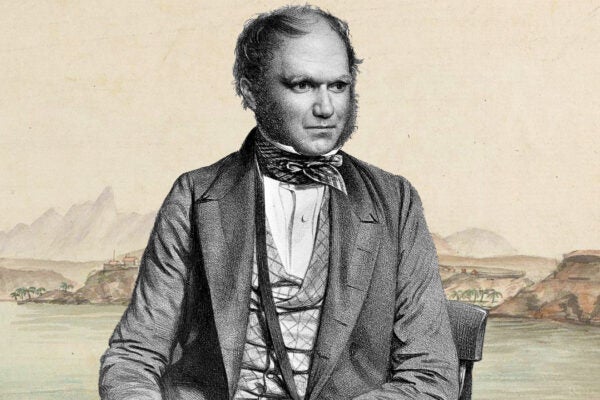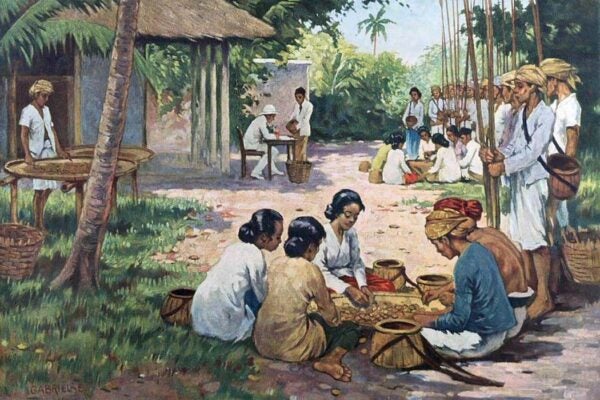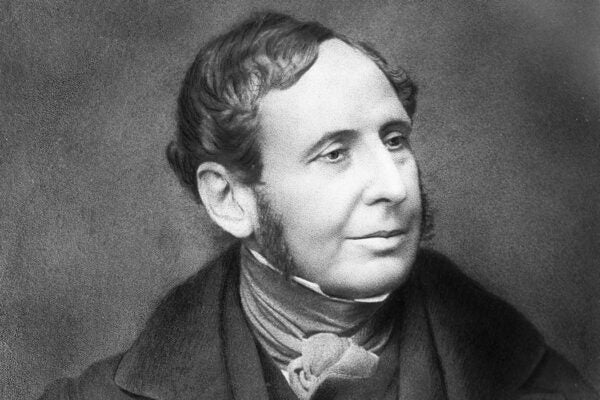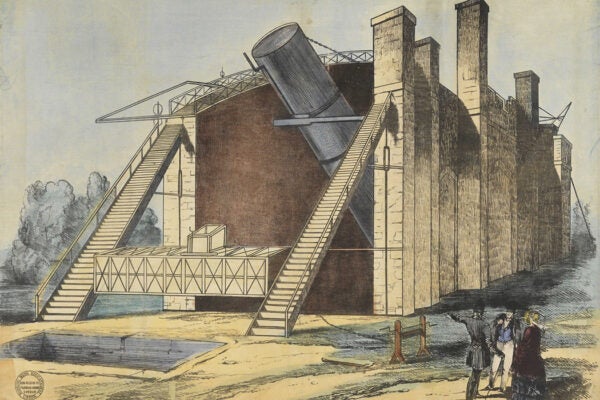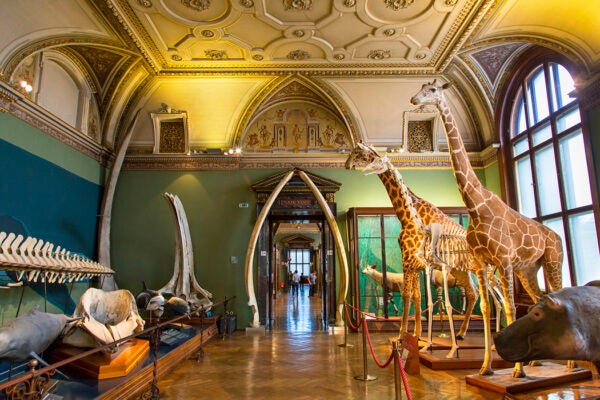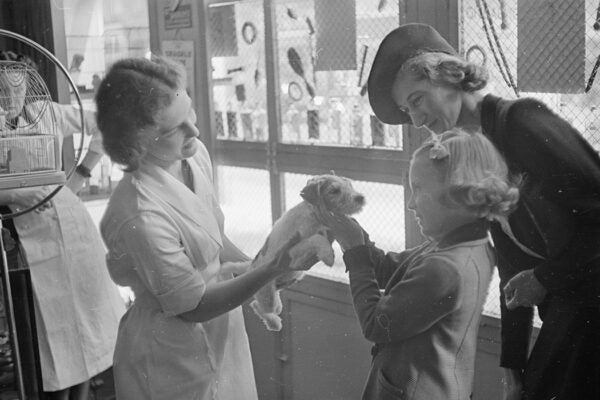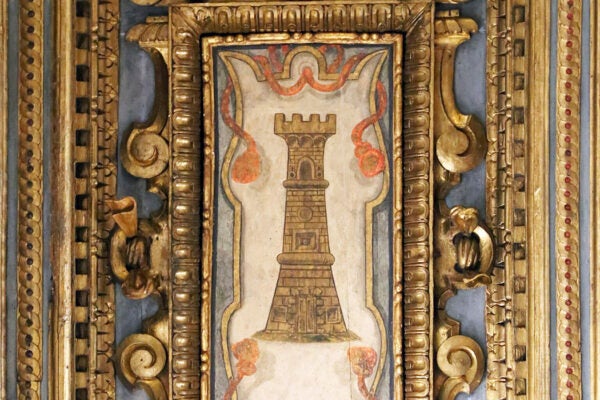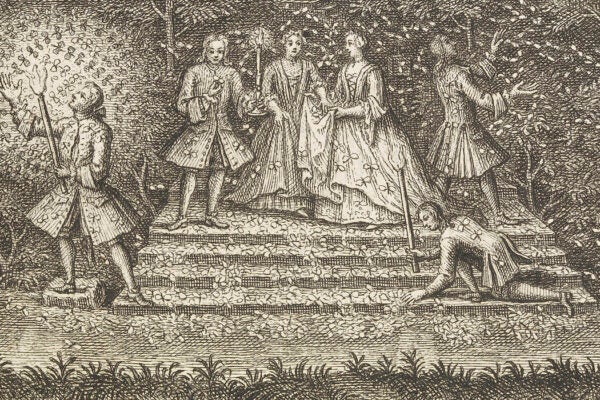Explaining the Tides Before Newton
Astronomical explanations for tides, usually credited to Isaac Newton, can be traced to thinkers like Strabo and Pliny in the Classical era.
“Mad About Geology”: Charles Darwin’s Origin Story
At university and in the field, Darwin trained his scientific thinking as would a geologist, seeking causal explanations for observed natural phenomena.
Transplanting Nutmeg
Nutmeg originated in the Maluku islands of what’s now Indonesia, but Barbados became known as the Nutmeg Island. Why did the tree wander?
Robert FitzRoy and the Laws of Storms
When FitzRoy distributed barometers to local fishing communities, he empowered individual sailors to use their own judgment about the weather forecast.
Leviathan Resurrected: Illustration and Astronomy
In the 1840s, the Leviathan of Parsonstown, built by William Parsons, third Earl of Rosse, became the largest telescope in the world.
Natural History: A Reading List
This annotated bibliography samples scholarship on the rich—and difficult—history of natural history.
How Interwar Britain Saved Their Dogs
Canine distemper became a major threat in Great Britain after World War I. Saving the nation’s dogs depended on an imperfect collaboration.
Ivory Towers: Good or Bad?
The ivory tower has always been metaphoric, but as Steven Shapin shows, its symbolic value has shifted over the centuries.
Insects in the Mail
The efficiency of the postal system and generosity of local experts played important roles in the advancement of entomology in eighteenth-century France.
Antarctica Unveiled: From Accidents to Airborne Labs
Twentieth-century surveys revealed the landscape beneath the Antarctic ice using radio echo-sounding, a technique that emerged largely by accident.

